Mayor London Breed announced a package of traffic safety projects Aug. 29 aimed at curbing the climbing number of vehicle-related fatalities on San Francisco streets this year.
The safety measures, described in a press release, would expand traffic enforcement, make crosswalks more visible and lengthen walking signals so pedestrians have more time to cross the street. They would also limit right turns on red lights and slow the speeds of vehicles making left turns.
The projects seek to build upon previous safety measures established as part of San Francisco’s 10-year commitment to eliminating vehicle fatalities by 2024. The city adopted that commitment, called Vision Zero, in a call for increased traffic safety in 2014.
By the end of August, vehicles this year had already killed 22 pedestrians, cyclists and drivers — more than those killed in 2017 and the equivalent of those killed last year. Meanwhile, vehicles continue to send more than 500 people to Zuckerberg San Francisco General Hospital with severe injuries every year, according to city data.
“Just as we work to stem any other public health crisis with a suite of policy tools, we need to treat traffic fatalities with the same regard,” Chava Kronenberg, San Francisco Municipal Transportation Agency pedestrian manager and Vision Zero taskforce co-chair, told the SFMTA Board of Directors at its Sept. 3 meeting.
Three-fourths of severe and fatal traffic-related injuries occur on 13% of city streets, and 60% of fatal crashes occur in an area known as San Francisco’s Vision Zero high-injury network. The bulk of this network lies within the Tenderloin, Mid-Market and South of Market Area neighborhoods, but it also includes sporadic sections citywide.
The task force will focus its efforts within this high-injury network.
By the end of this year, SFMTA will have extended 260 walking signals for pedestrians and introduced seven newly signalized intersections, according to Breed’s release. It will have also updated 165 crossing signals to change signals for pedestrians before responding traffic lights turn green for drivers.
That’s in addition to the installation of nine new diagonal pedestrian crossings, 25 new pedestrian signals and 46 new turning zones without adjacent parking spaces that block visibility for pedestrians, according to the release.
The San Francisco Police Department said it would ramp up citation efforts, adding that 50% of its traffic citations will be issued for the most common, dangerous driving behaviors: failure to yield when turning, failure to yield to pedestrians and running red lights and stop signs.
Pedestrians make up 65% of traffic fatalities. Other vulnerable groups include seniors, bikers and motorcyclists. People experiencing homelessness were on the receiving end of 22% of traffic fatalities in 2018 despite comprising less than 1% of the population.
“We are fighting headwinds, not just here in San Francisco,” SFMTA Interim Director of Transportation Tom Maguire said. “Not just population and jobs are growing, but vehicle miles per hour are growing … We’re losing ground in many areas.”
This year is on track to see the second highest number of vehicle fatalities on city streets since 2014, the year Vision Zero was instituted. Even so, Maguire reaffirmed the board’s commitment to advancing the projects of Vision Zero.



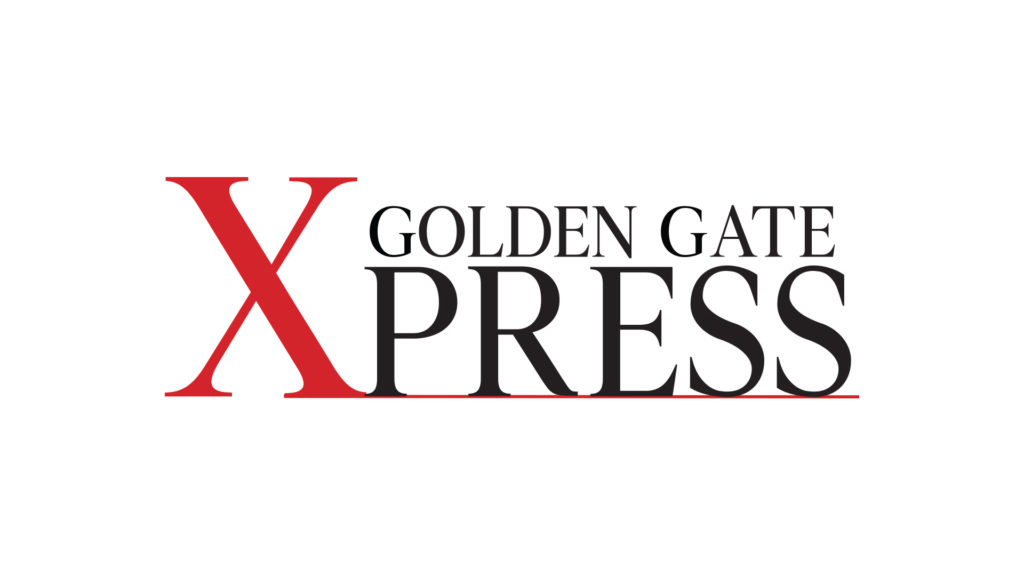
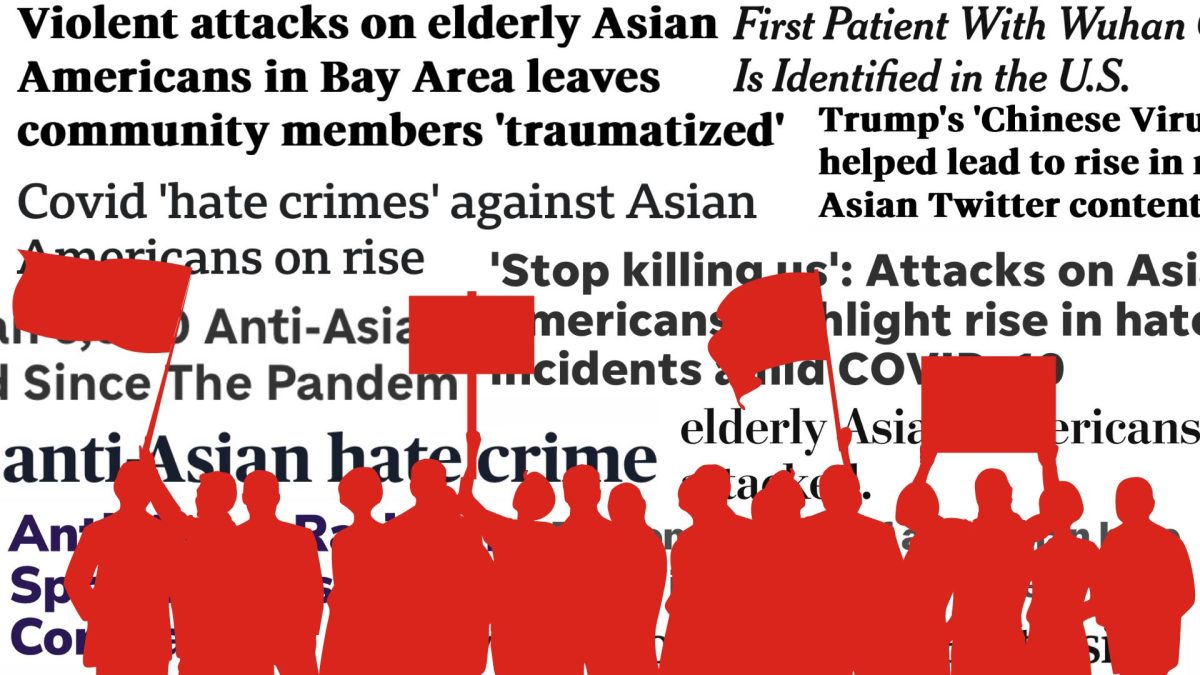

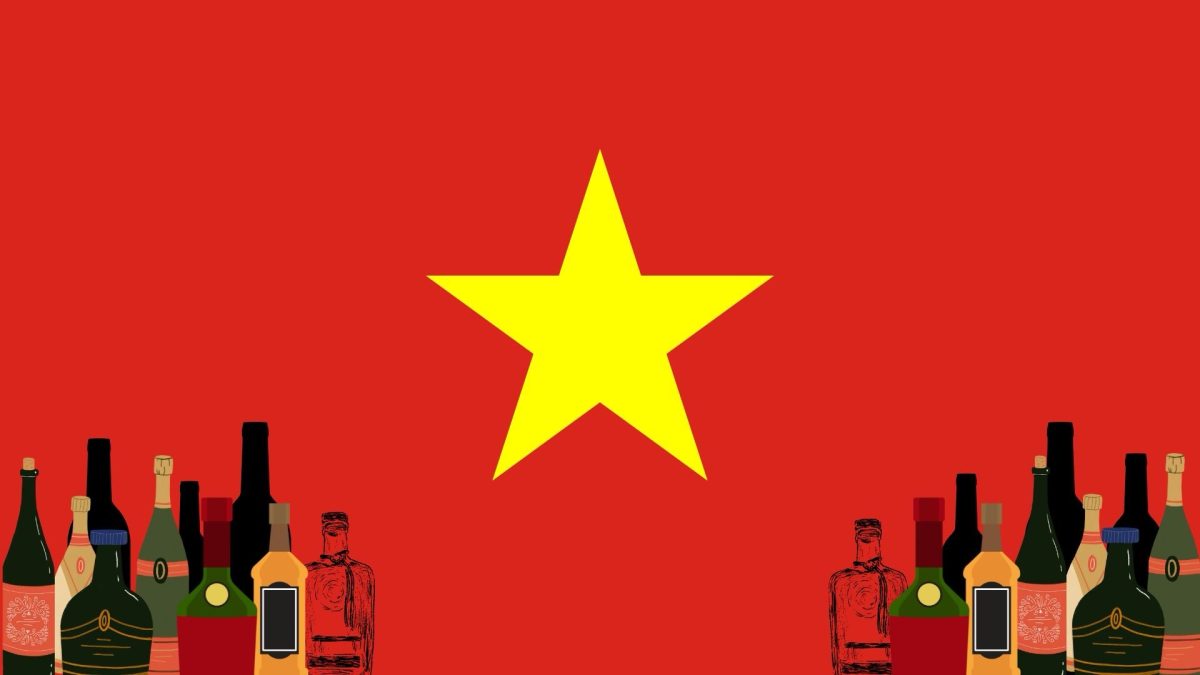


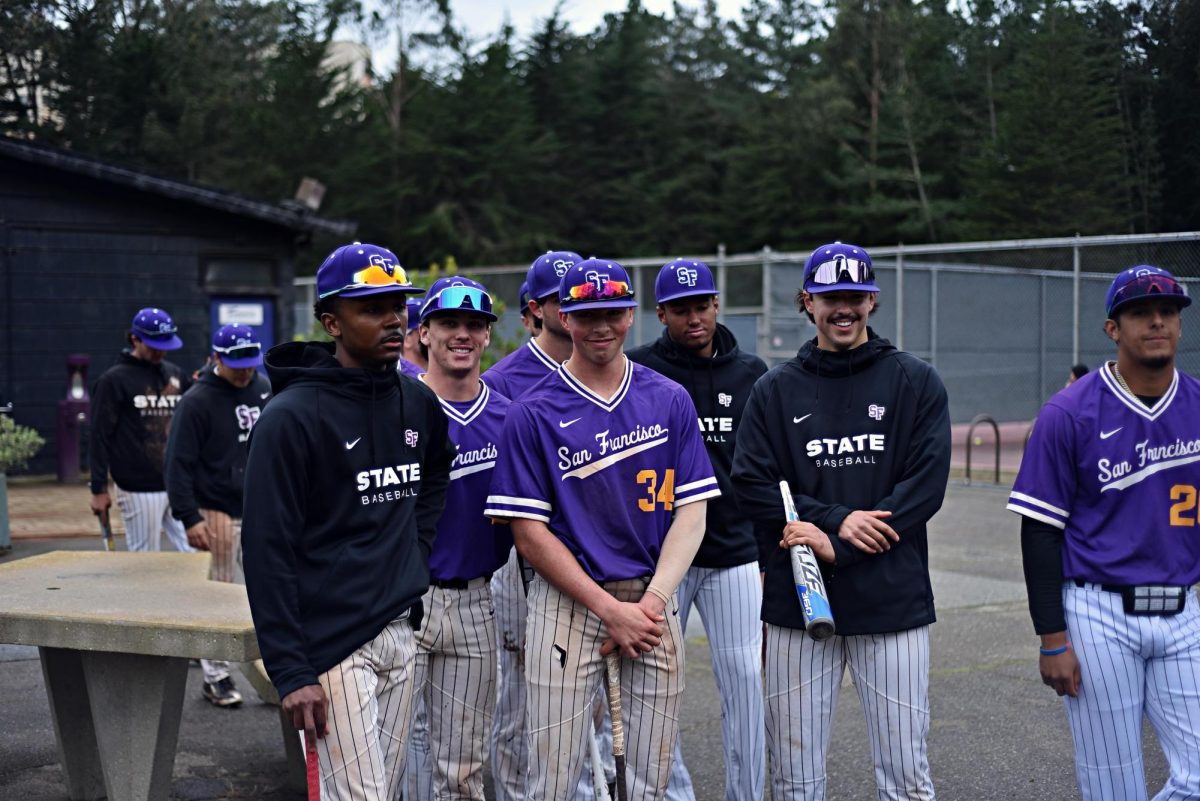
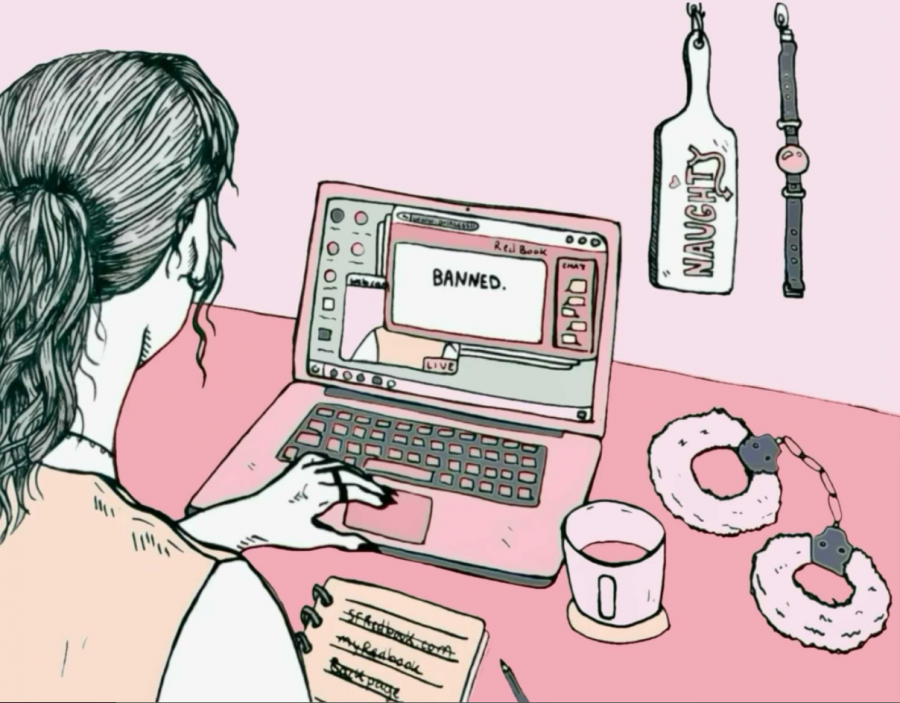
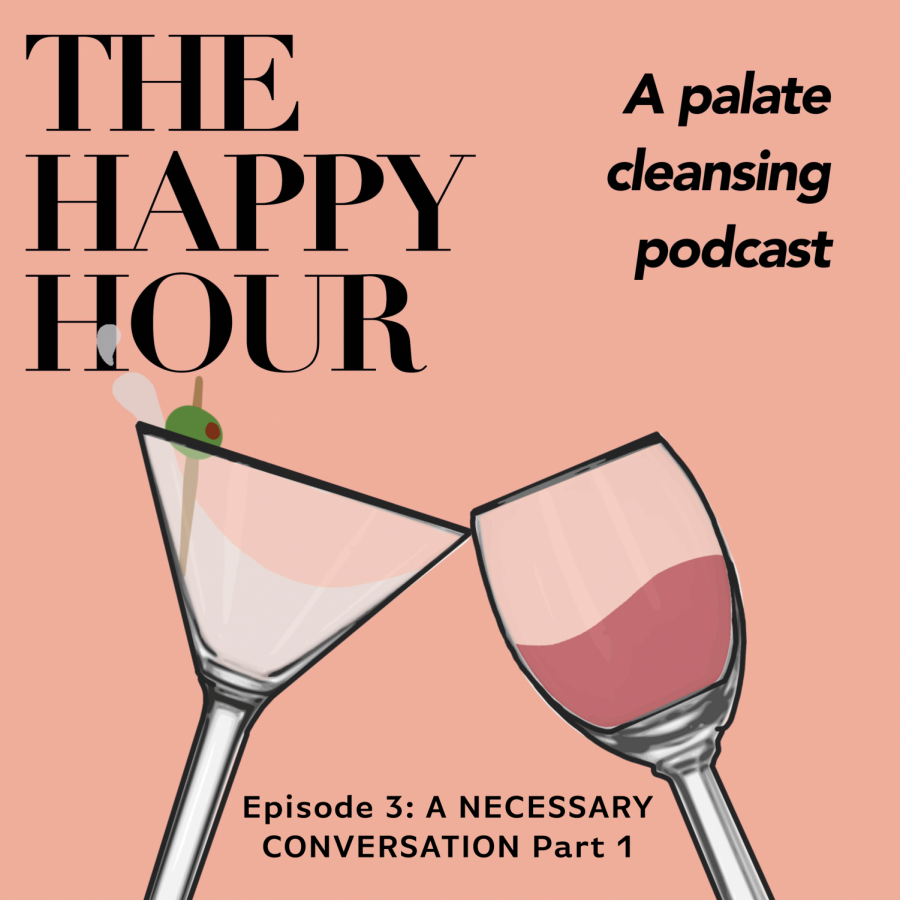


Tom • Sep 10, 2019 at 10:55 am
I like how the picture shows cyclists illegally riding on a crosswalk
A.Goodman • Sep 9, 2019 at 9:02 pm
Without serious commitments by developers and SFSU-CSU to fix transit lacking co-investment along 19th ave during construction traffic will worsen and incidents will occur more frequently.
There is more students, more lyft and Uber rides construction vehicles and deliveries.
Only means more congestion unless mass transit is amped up significantly sooner on the westside.
See 19th ave transit planning and lacking connection to Daly City Bart station…..